In a recent Instagram live session, Bengaluru-based Prarthana Jagan was told to opt for a “treatment” to “cure” her vitiligo. The 22-year-old calmly and gracefully educated the commenter, and moved on – this wasn’t the first time she’d heard this kind of unsolicited advice, and wouldn’t be the last. Regardless, the shallow comment reminded her of school days, when bullies called her “orange face”, and threw water to check if her makeup would wear off.
Prarthana developed vitiligo, and autoimmune disease, when she was 11. While the exact cause of the disease is unknown, it occurs when there are fewer working melanocytes to produce enough melanin in one’s skin. Anyone, irrespective of skin type or age, can develop white (or depigmented) patches on any part of their body, including the hair, eyes, and mouth.
Vitiligo, or Leucoderma, affects close to 2-5% of the population in India, and the social stigma surrounding the disease, as well as unrealistic beauty standards, can leave social and psychological scars. The age-old obsession with one’s skin colour and appearance can break any individual’s self-esteem, and Prarthana faced the brunt of this for the major part of her teen years.
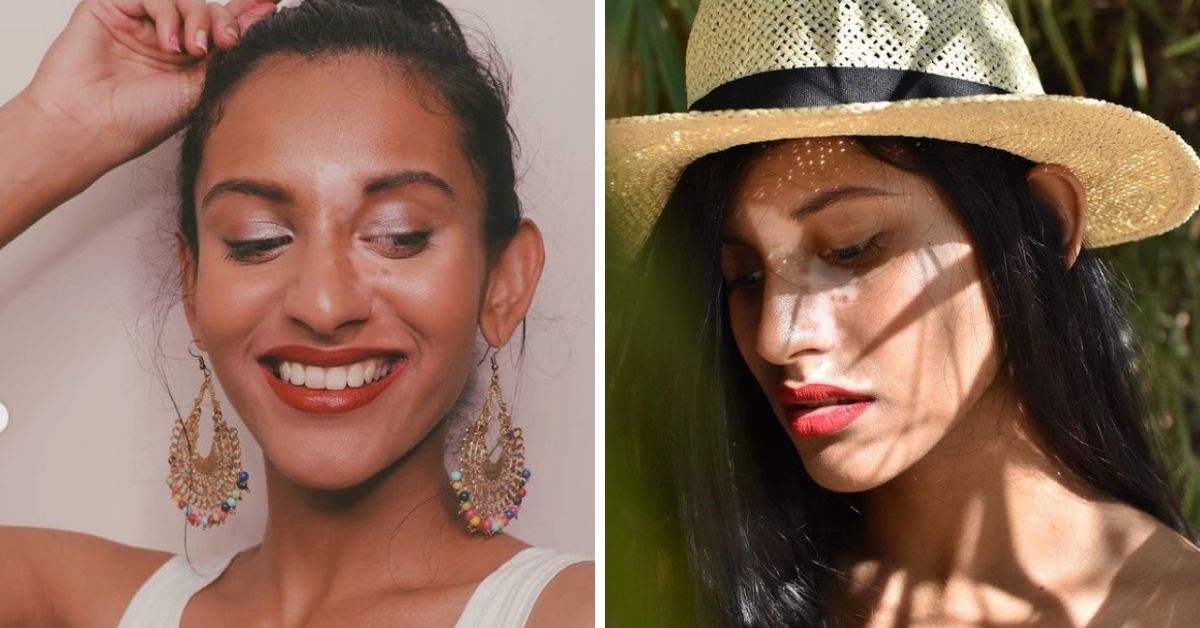
In 2016, she made a conscious decision to celebrate her skin and began staying away from painful and expensive “treatments” and surgeries. What followed was a budding career in modelling and outpouring love and support from her army of online followers. Today, she is a digital marketing strategist and has a degree in engineering.
Prarthana speaks with The Better India about her inspiring journey, and how she went from being bullied to being on the cover of digital magazines. More importantly, she talks about how homogenised beauty standards exist even in 2021.
‘At 11, I was putting heavy makeup’
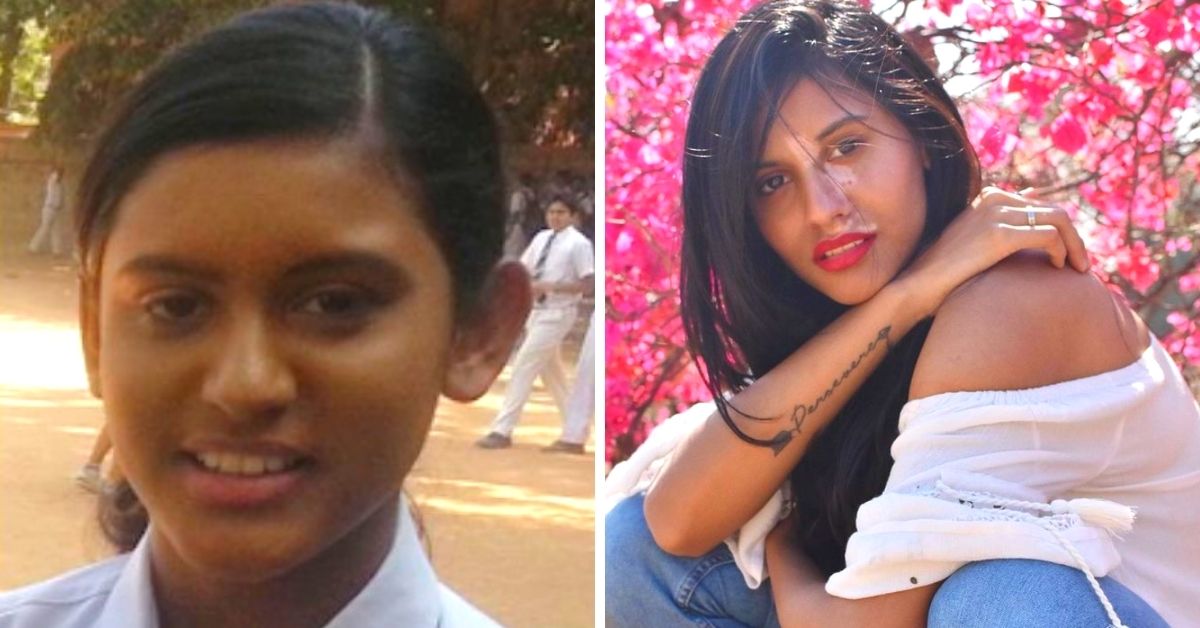
Prarthana remembers growing up seeing faces of Aishwarya Rai Bachchan and Kareena Kapoor Khan on magazine covers, making her believe that beauty had only one set definition. So when she first noticed a faint spot on her forehead, she was alarmed. Her anxieties grew further when that one spot increased to a few, and eventually spread to her nose.
Call it lack of knowledge or a lousy job, one of the doctors she visited misdiagnosed her and suggested standing under the sun, “The sun exposure made the spots spread like wildfire. Vitiligo was not very common back then, then so diagnoses took a long time. I had several questions about the treatment, as I didn’t like the way it looked. They said heavy-duty make-up was a solution,” Prarthana recalls.
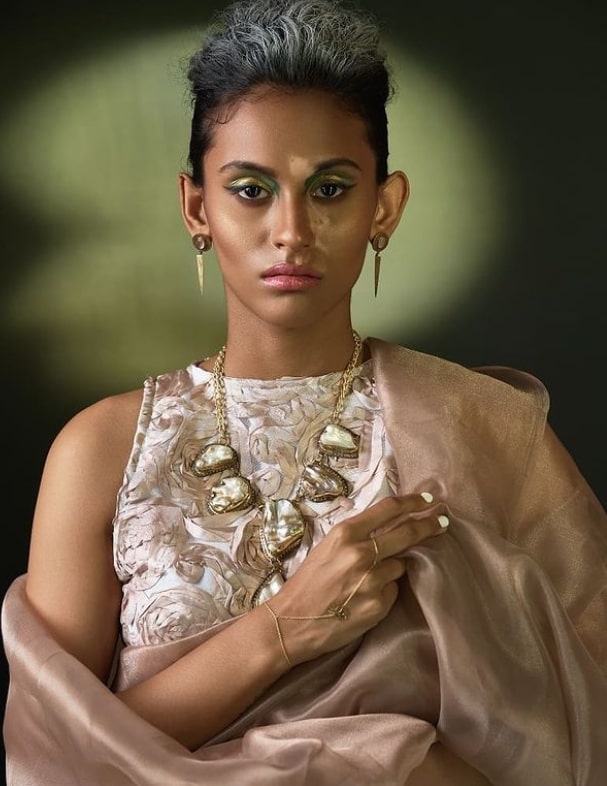
As an insecure teenager, she found solace in compact and talcum powders, even if they meant she had to spend 30 minutes every day to hide the white patches. Along with her mother, she hunted for suitable powders in several shops.
In Class V, when most girls her age were carefree and yet to be corrupted by beauty notions, Prarthana was consciously drifting from her reality to a point where she couldn’t recognise herself. She hated it, but says she also found comfort in it.
“I told my classmates it was to cover a skin condition, but no one really knew what it was. Before I knew it, I was putting the make-up even for the smallest of chores, such as visiting a grocery store. On overnight train journeys, I would put heavy concealers and wake up early to make sure it was right,” she adds.
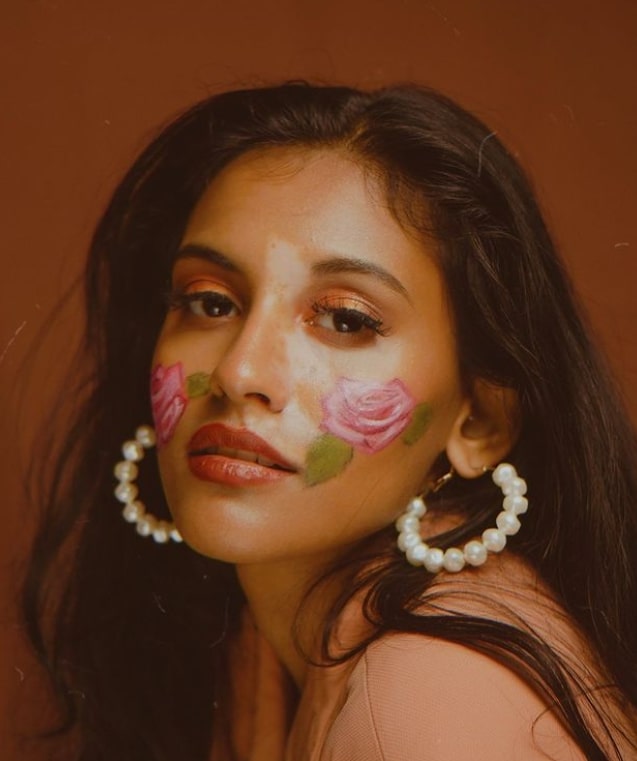
But this didn’t deter bullies in her school from calling her names, including “zombie-faced”. Her closest friends mockingly called her “old” when her eyebrows and eyelashes turned white.
All the hate and insensitive remarks further fuelled the insecurity in her, and made her feel isolated. Meanwhile, her parents did everything they could to support her unconditionally.
“My mother didn’t know much about make-up, but would still come up with suggestions and experiments. My dad called me beautiful and tried to make me comfortable in my skin. My parents’ attitude is what got me through tough times,” she says.
Alongside, Prarthana was seeking medical help in the form of laser therapy, which can burn one’s skin and leave red spots. In one of the sessions, a nurse made the treatment process more aggressive, which ended up burning her face. Regardless, Prarthana continued with the procedure.
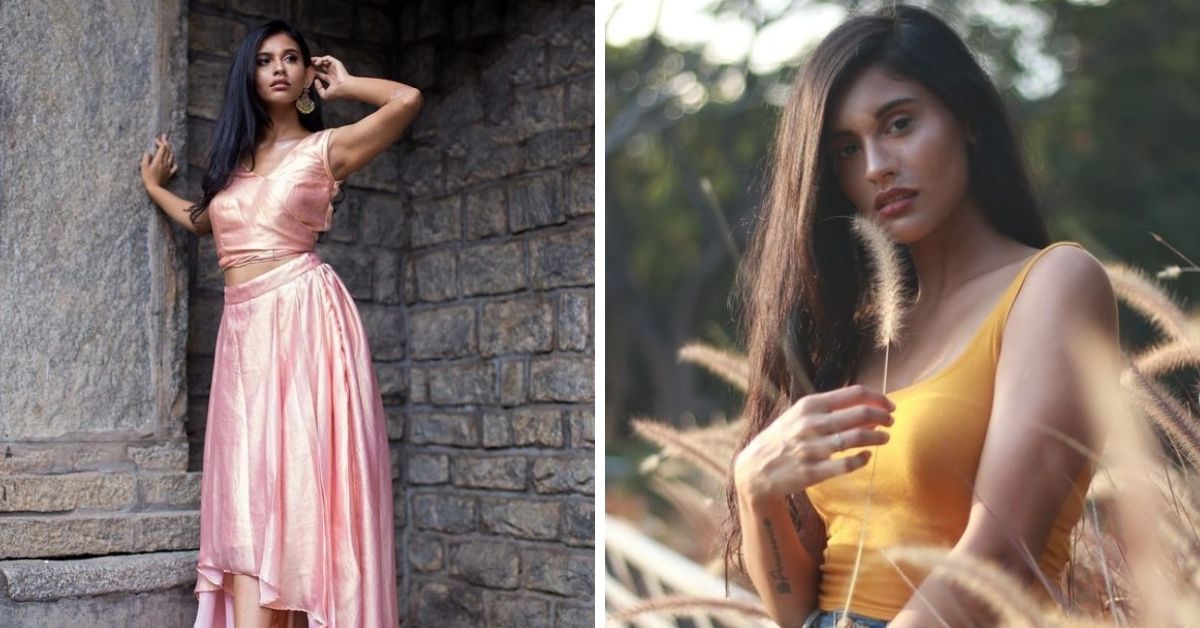
For the next eight years, things remained the same, until an incident occurred during surgery in 2016. Due to a complication, her stay in the hospital was extended. It was probably the first time that she didn’t put on makeup in front of strangers. “I wasn’t treated any different. No one stared or passed any comments. I felt liberated for the first time in a very long time, and decided to stop worrying about what people thought altogether. It was time I focussed on my health and skin,” recalls Prarthana.
‘This is who I am’
A few months after the surgery, Prarthana rediscovered her confidence. She uploaded her first YouTube video and soon after, launched her channel to start a dialogue on vitiligo. She then moved to Instagram to interact with her followers directly.
Showing her true self in images, she used the social media platform to spread awareness about the condition. This resulted in a series of messages wherein people came forward to express similar journeys. Some shared their inhibitions, and some thanked her for making them feel like they were not alone.
“There were some heartbreaking stories. One of them said their parents isolated them, assuming the condition is contagious. One girl said her in-laws criticised her for not having “normal” skin. It is appalling to see how, even in 2021, people can be so ignorant and insensitive. Objectification is so deep-rooted that most don’t realise they are doing it. Unless we identify the comments, even the ones made casually, as problematic, nothing is going to change,” she says.
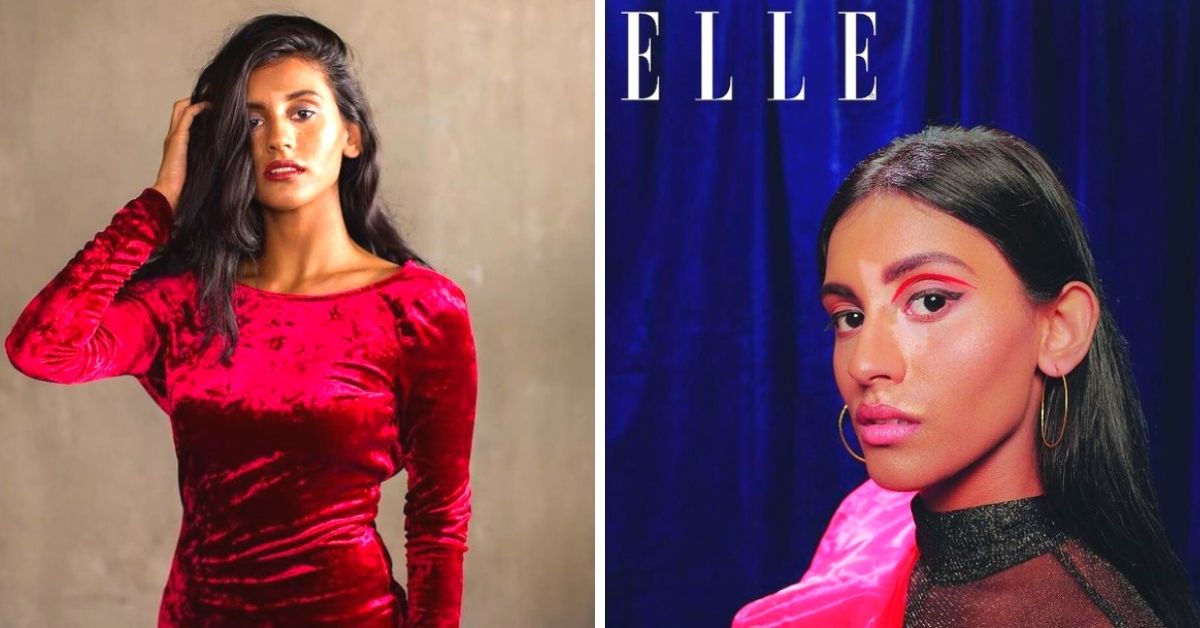
Through social media collaborations, Prarthana ended up participating in a modelling contest. In November 2016, she modelled for Elle Magazine, followed by Grazia (2017). In 2020, she was on the cover of Cosmos. She was signed by the Blunt Agency for modelling. During all these shoots, she saw that beauty campaigns are willing to diversify and break away from traditional norms.
Prarthana wishes social media existed in her teens. She hopes that by sharing her stories, teens with vitiligo won’t have to go through what she did. She credits her parents, close set of friends, and the online community for helping her be the best version of herself daily.
When asked what message she would like to put out, she says, “If you have anyone with skin conditions in your family or friend circle, do not offer solutions, for it is not a problem to be solved. If you genuinely have queries, ask them politely and clear your misconceptions. Educate yourself before making comments and listen intently.”
All images are sourced from Prarthana’s Instagram
Edited by Divya Sethu
No comments:
Post a Comment